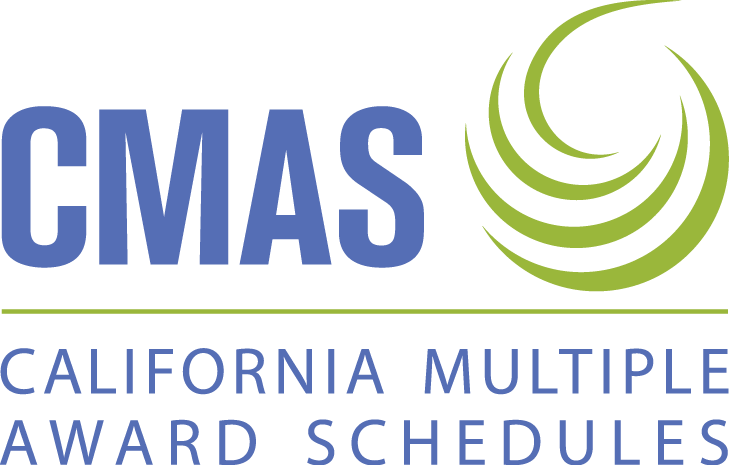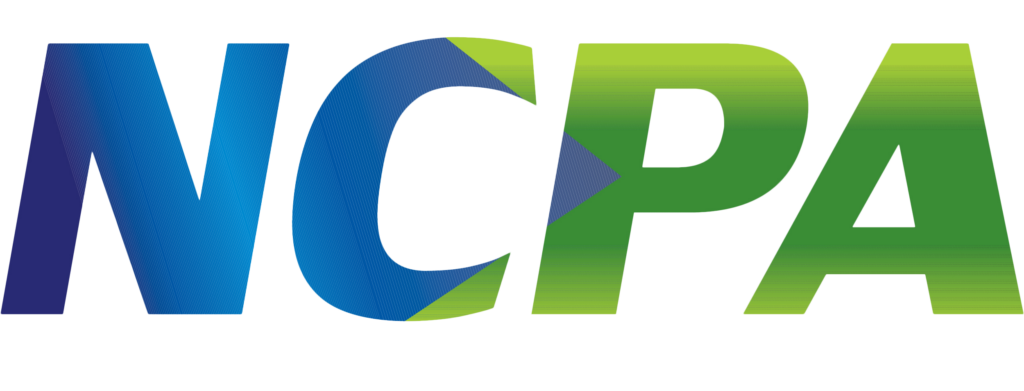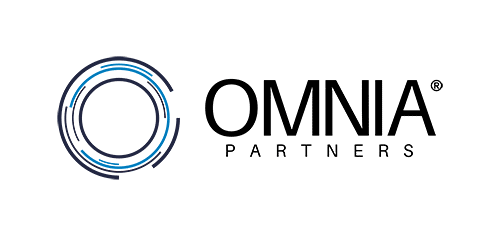Value Driven Partner for IT Transformation
Trusted Government Contractor
ISO 9001:2015, Certified Small Business
Mission Critical, Tailored and Rugged
AI-servers, storage, networking, Workstations, enterprise software, training, and support.


Serving Since 2002
Cost Savings
Federal + SLED + Commercial
RFQ Response Time
Valued Clients









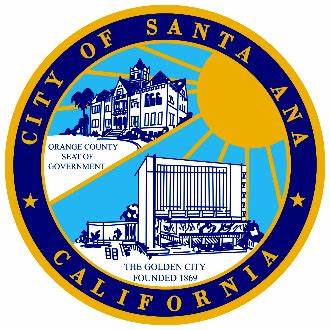













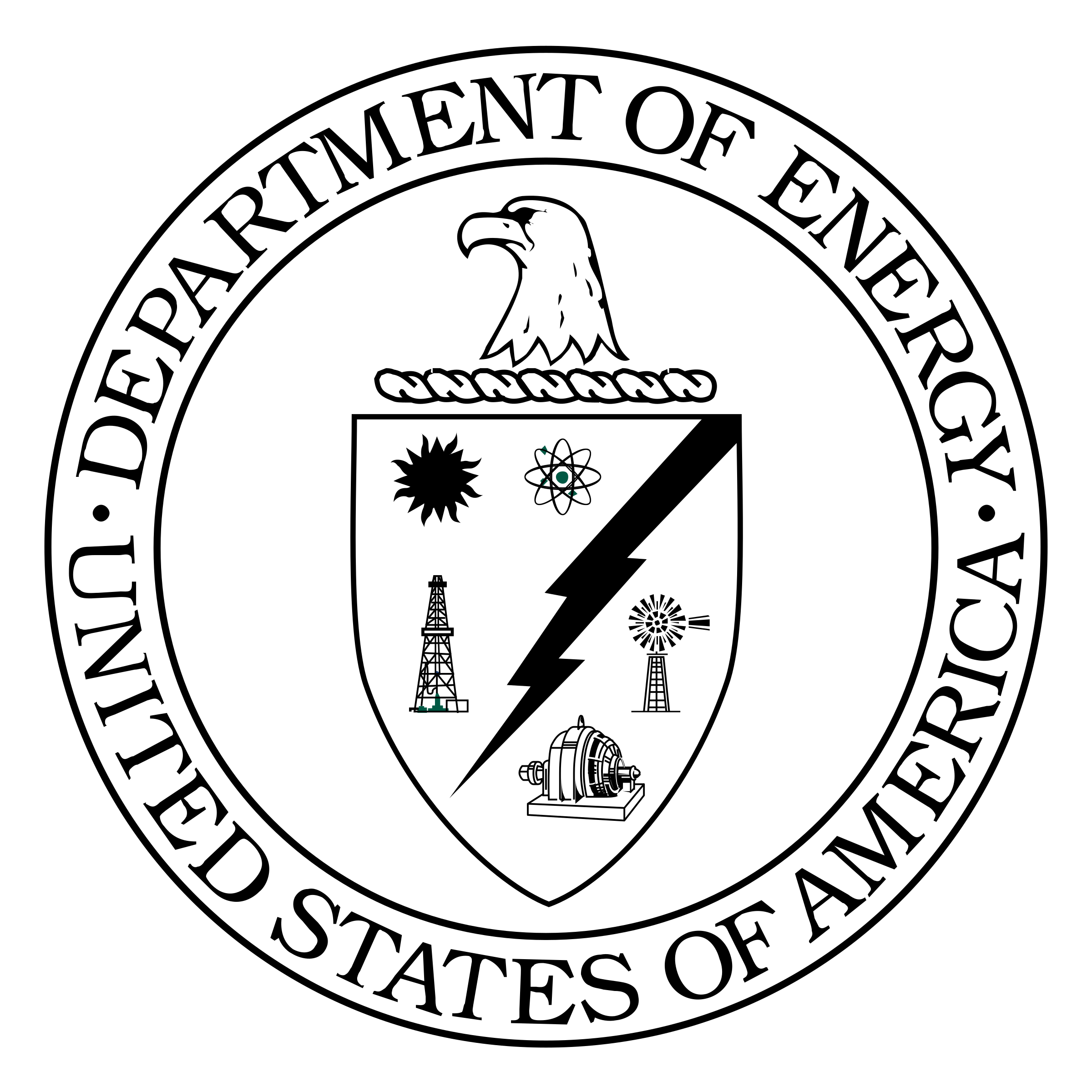

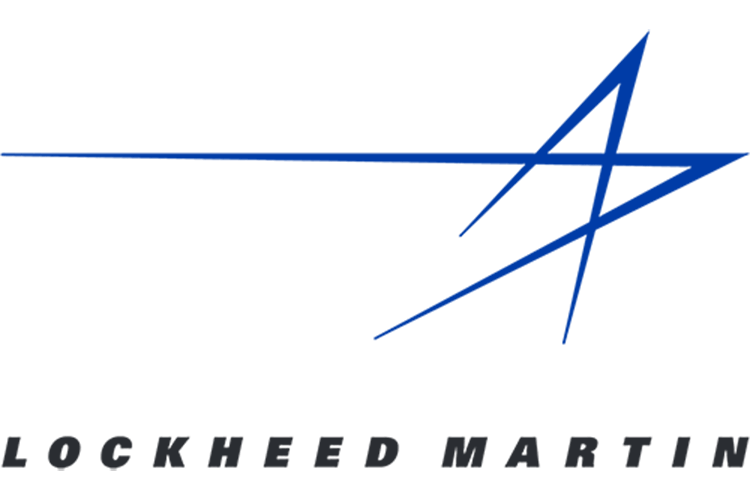









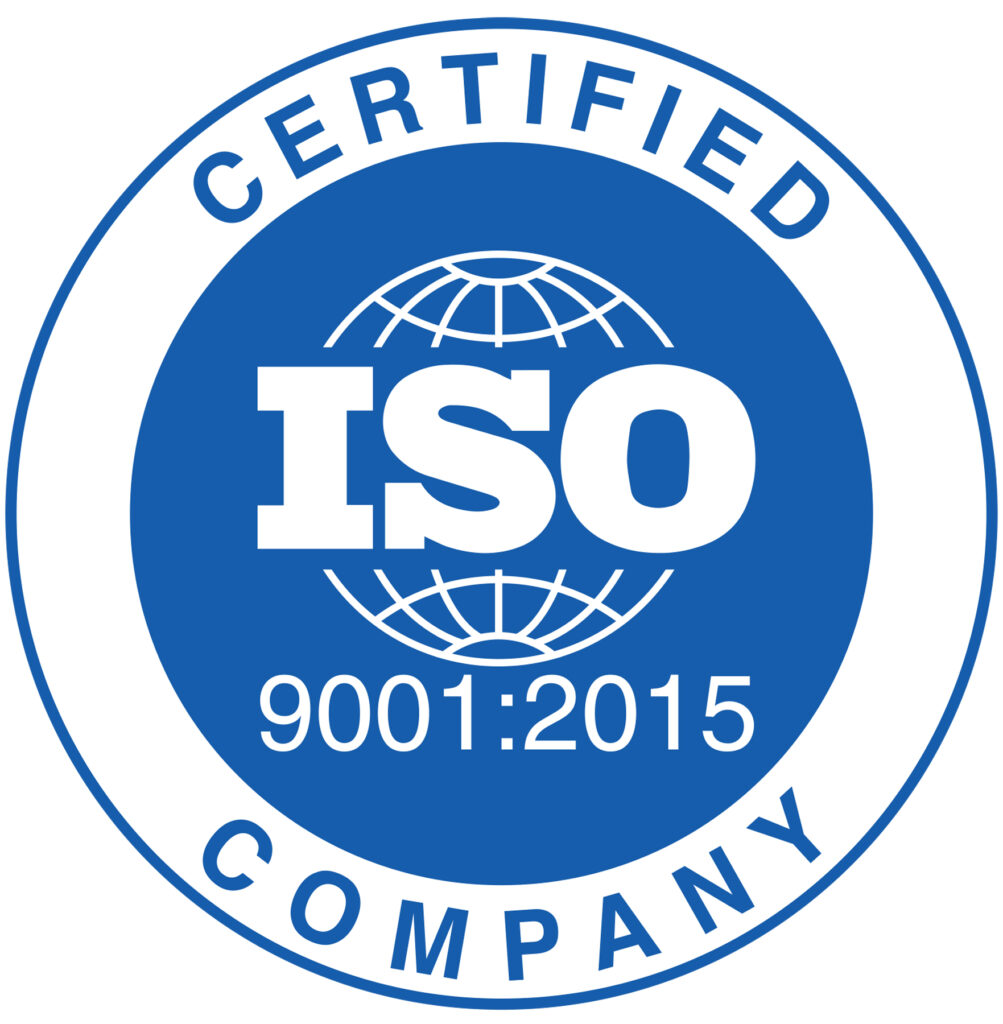
Quality Commitment
ISO:9001:2015 Certified Business.
Our commitment to quality is reflected in our innovative technological solutions. We stay abreast of the latest trends of technology to provide you with the highest quality products and services.
Cost Effectiveness
We offer IT solutions that are highly cost effective, budget-friendly and also contribute to cost reduction and improved financial performance in the long run. Our focus is on delivering high value for your money, now and in the future.
Industry Expertise
Our Solution expertise spans across Federal, SLED, K-12, Private, Commercial and Non-profit sectors. We provide highly tailored and sustainable solutions that cater to all your specific needs, ensuring superior service.
Supplier Diversity
Certified Small, Minority Business Enterprise under National Minority Supplier Development Council, Inc. (NMSDC), and is a proud member of the Western Regional Minority Supplier Development Council (WRMSDC).
Solutions
IT Life-cycle Maintenance
Ability-one Distributor
Diminishing Manufacturing Sources & Material Shortages (DMSMS)
Marine Hardware & Electronics
IT Consultancy & Advisory
Device as a Service
Streamlined Procurement with Contract Pricing!
Effortless Procurement with Saitech’s purchasing contract vehicles as such, CMAS (California Multiple Award Schedules), NASPO (National Association of State Procurement Officials), NCPA (National Cooperative Purchasing Alliance), OMNIA, Equalis and Source well.
Industries
Bringing the best IT vendors to you.
Working only with the best, to ensure the quality of our services, and to bring state of the art technology to those who need it.
Solving IT Challange in
Every Industry, Every Day.
Success Stories

Saitech Inc. Delivers Comprehensive Cisco SmartNet Total Care Support to East Bay Municipal Utility District (EBMUD)
Saitech Inc. recently partnered with the East Bay Municipal Utility District (EBMUD) to deliver robust Cisco SmartNet Total Care Support, reinforcing the district’s critical water and wastewater infrastructure. Through expert consultation, seamless implementation, and ongoing technical support, Saitech ensured EBMUD’s network remains resilient, secure, and operational around the clock. This collaboration underscores Saitech Inc.’s commitment to empowering public sector organizations with industry-leading IT solutions that drive reliability and service excellence.

Empowering EMWD Operations with Advanced IT and Power Solutions
Saitech Inc. has secured a 5-year agreement with Eastern Municipal Water District to deliver Liebert EXM UPS and battery systems. These solutions ensure consistent backup power and strengthen EMWD’s infrastructure for uninterrupted operations.

Saitech Inc. Strengthens Port of Oakland’s Cybersecurity with Entrust nShield HSM Solutions
Saitech Inc. has enhanced the Port of Oakland’s cybersecurity with the delivery of advanced Entrust nShield Hardware Security Modules (HSMs). As a major hub for international trade, the Port needed robust security for its sensitive data and systems. Saitech provided high-assurance, tamper-resistant HSMs to ensure secure encryption, identity verification, and compliance with regulations. By integrating this cutting-edge technology, Saitech has bolstered the Port’s defenses against cyber threats, helping maintain trust in its critical operations.
What clients say about our Technical and Sales teams.



What clients say about our Technical and Sales teams.



Recognized by the best
We work with these industry leaders to bring you the best in technology.









Partner with Us for Comprehensive IT
We’re happy to answer any questions you may have and help you determine which of our services best fit your needs.
Your benefits:
- Client-oriented
- Independent
- Competent
- Results-driven
- Problem-solving
- Transparent
What happens next?
We can schedule a call at your convenience
Discuss requirements on a discovery meeting call
We will prepare a proposal for your review
Schedule a Free Consultation
Corporate Responsibility
We support organizations that uplift our communities and empower individuals—reflecting our commitment to national service, education, wellness, and humanitarian aid.







